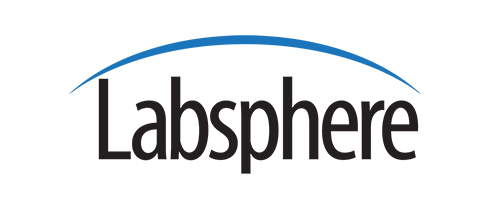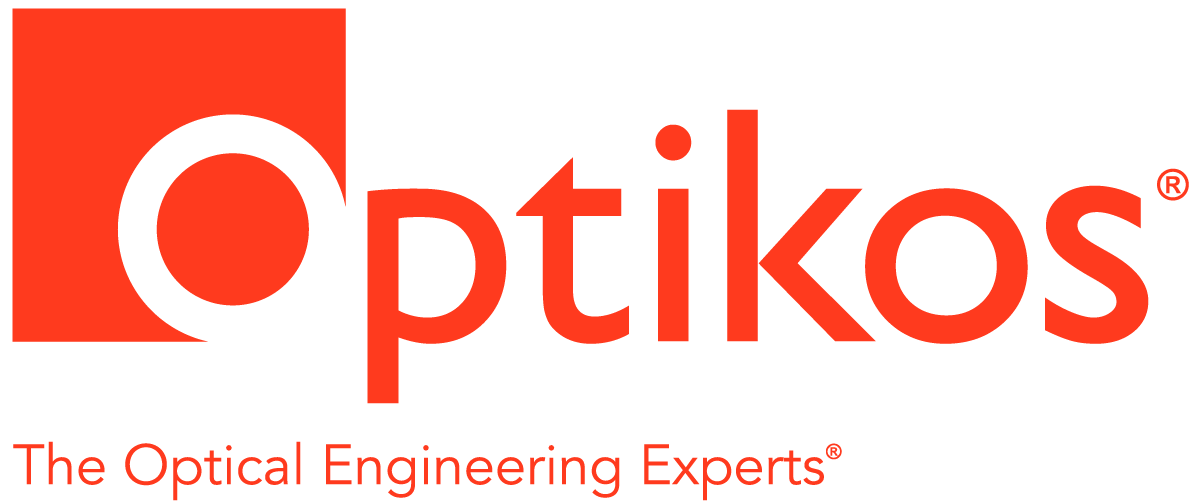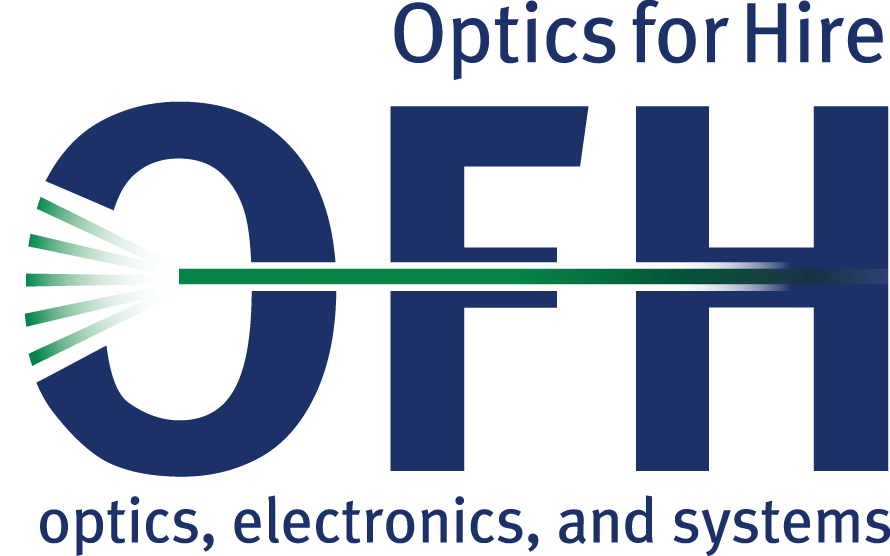May 19, 2011 - Clemens Alt
Optical Methods for Retinal Laser Therapy and Imaging
Lasers increasingly find their way into therapeutic and diagnostic devices in ophthalmology. Here, we discuss two research directions that we have been pursuing over the past years.
Selective laser targeting of the Retinal Pigment Epithelium (RPE) is a novel treatment modality for retinal diseases associated with an initial RPE dysfunction. The treatment limits the exposure time of RPE cells to a few microseconds in order to minimize heat diffusion into adjacent photoreceptors and avoid their thermal destruction. As a result, selective laser lesions are invisible in slit lamp examination, leaving the ophthalmologist without any feedback about the success of the laser irradiation. We developed an online feedback mechanism based on cavitation detection to ensure correct dosimetry for efficient irradiation while preventing over-treatment. The feasibility of identifying RPE cell death by detecting intracellular cavitation was demonstrated in rabbits with a laser scanner that monitors backscattering of the treatment laser beam during selective laser targeting.
One obstacle to developing treatments for retinal disease more efficiently is the fact that most current knowledge of retinal processes in health and disease has been gained from ex vivo examination. However, the retina is, due to the transparency of the ocular media, accessible to optical in vivo imaging. Therefore, we have developed a scanning laser ophthalmoscope (SLO) specifically for retinal imaging in the mouse eye. Using three laser wavelengths and a video-rate scanner, the instrument is able to acquire three-color images in real-time. That means that three distinct cell populations can be tracked simultaneously and repeatedly. The instrument is able to resolve retinal microstructure, such as retinal ganglion cells and microglia, the retinal neurons and immune cells, respectively. The effect of raised intra-ocular pressure (i.e. glaucoma) is investigated in retinal ganglion cells. We study the spatio-temporal response of microglia to retinal injury models of gamma irradiation and focal laser injury employing real-time and time-lapse imaging.




